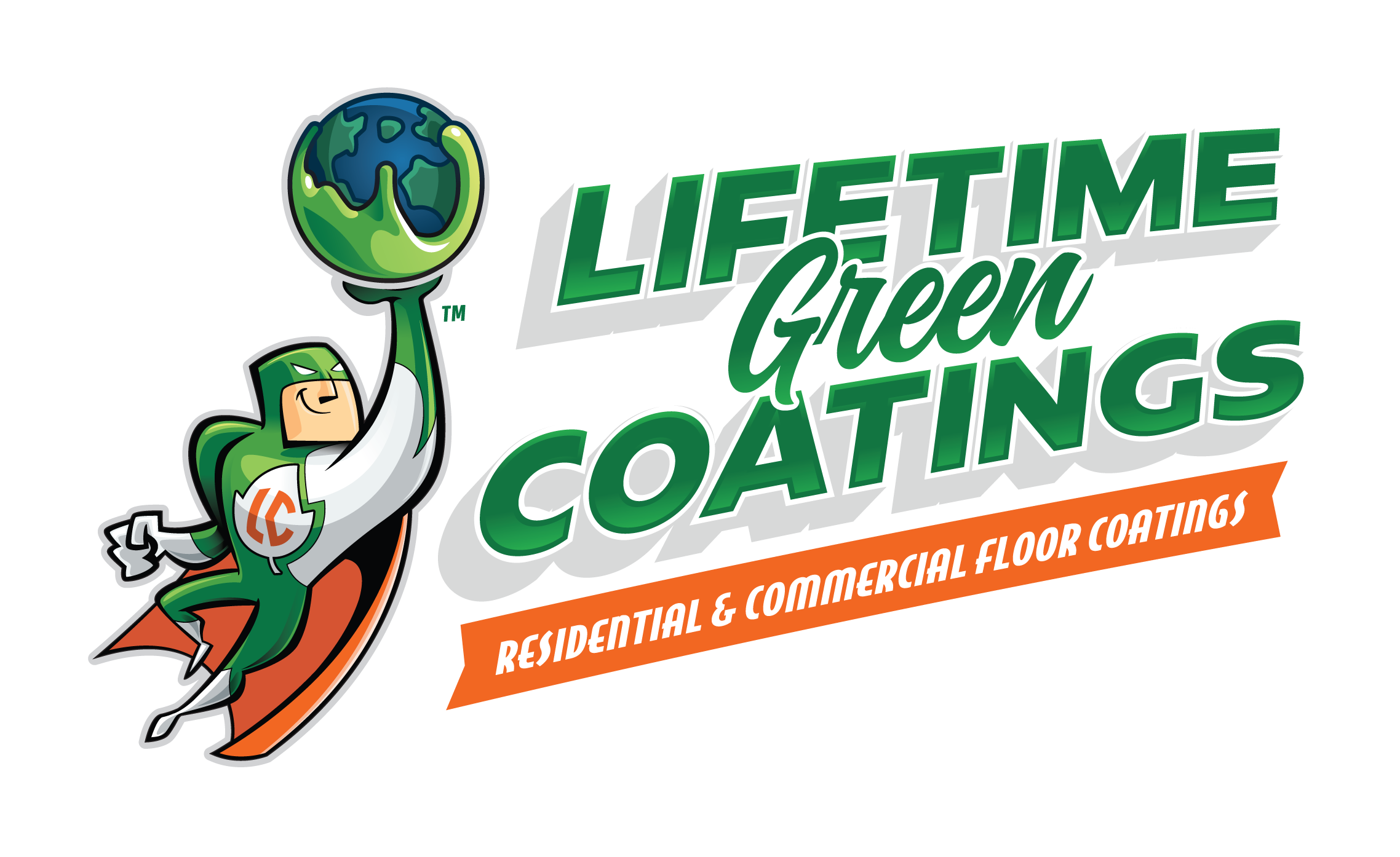Company: Lifetime Green Coatings
Location: Calgary, Alberta, Canada
Renovations: High-Rise Tower
Case Study
High rise development in cities is constant. New buildings often get grafted onto the side of old ones, presenting unique problems for engineers and architects. In nearly every instance the old building has finished settling, but the new one will start its process even before it is completed.
In this case study involving the construction of a new Calgary high-rise, in Alberta, Canada, there were serious considerations arising from the city being located on a bend of the Bow River with its relatively high water table and permeable sandstone substrate on which the foundations were being based.

Problem
Many common protective coatings still contain Volatile Organic Compounds as well as solvents. Operators want to entirely eliminate the risk of contamination. They particularly want to meet federal Food and Drug Administration standards before such regulations are imposed upon them. Currently these operations only fall under state rules. Should they not meet federal standards when required to, then they would almost certainly be quickly shut down.
Even where some coatings claim to have zero VOCs, many often contain them at a very low level that the regulators permit to be labelled zero. Aside from the purity needs, the protective coatings must also perform, particularly if there are strict hygiene protocols that require regular washing of surfaces, often with powerful sanitizer chemical products.
Solution
The core issue was the need for absolute imperviousness to water between the older building that currently houses much sophisticated telephonic switch gear and the new one as any ingress of water up through the foundations or touching walls could, potentially, have a catastrophic effect on the telecommunications equipment and wiring. The pair of buildings forms a highly important Western Canadian telecommunications hub.
Anticipating potential movement, albeit likely to be measured in millimeters annually, it was vital that the coating have a very long-term retained flexibility and integrity. Conventional epoxy coatings typically micro-crack very quickly if subjected to any kind of physical movement or contraction and expansion caused by temperature fluctuations.
Another critical consideration was the time constraints of a two-week foundation work window from the contract being let to completion and handover. Also, the preparation work had to make sure the asphalt encountered was properly coated as removal prep work could not involve high-pressure water.
Key Adhesion Numbers:
| Thickness | 0.050”-0.100” (1.3mm - 2.5mm) |
| Durability | Astm C627 [16,000 Passes Of An Average Sized Car] [No Debonding Or Deterioration Occurred] |
| Tensile Strength | Astm D412 900 Psi (20 mil application) 2000 Psi (35-40 mil application) |
| Elongation | Astm D412 20 - 100% |
| Crack Bridging | 1/16” (1.6mm) |
| Impact Resistance | (Izod) 2 Ft-lbsf/Inch ( Drops Sharply At -20°c ) (11 Kgf-mm/Mm) Hardness - Shore Durometer D 50 +/- 10 |
| Hardness | Shore Durometer D 50 +/- 10 |
| Heat Resistance | Continuous 200°f (93°c) |
| Minimum Temperature | -20 To -40°f (-30 To -40°c ) |
| Maximum Temperature | 200°f (93°c) |
| Water Absorption | Astm D570 0.3 % |
| Rapid Chloride Permeability | Astm C1202 17 (Nil) Coulombs [After 6 Hours] |
What We Did
Lifetime Green Coatings was chosen as it demonstrably has performed in decades-old applications on ship decks and concrete structures, including high-traffic areas. Saltwater tests have shown no measurable degradation for samples submerged for over 20 years.
Lifetime Green Coatings permanently retains its flexibility for the entire life of the coating as it also does for any future remedial work because of its ability to re-bond to original Lifetime Green Coatings coated surfaces. An additional advantage, in this case, is it actually polymerizes with asphalt, unlike conventional coatings. Lifetime Green Coatings is made from vegetable oil and gypsum and its unique chemistry, as a ‘plasticized gypsum’, produces double the adhesion of most industrial coatings with it even sticking aggressively to Teflon in some cases.
Lifetime Green Coatings’ VOC-free status and complete freedom from solvents either in content, application or clean-up, was significantly advantageous as it meant there were no toxicity considerations for close-by workers who were thus able to carry on working without major areas being shut down. Additionally, the tight time frame for the start of main construction phase was not compromised.
Results
The job was completed on time by Ener-Spray Services with full handover within 24 hours of completion of the spraying. Typical epoxy coatings often require three to four days for full cure. No anomalies were reported. The case study marks an important step for Lifetime Green Coatings as it is the first time it has been used in a substantial way as a foundation membrane for a major North American multi-story building with an absolute requirement for foundation envelope integrity not only in where it stands but also with an older building immediately adjacent. It also demonstrated its compatibility with polyurethane foam and geotextile protective covering


